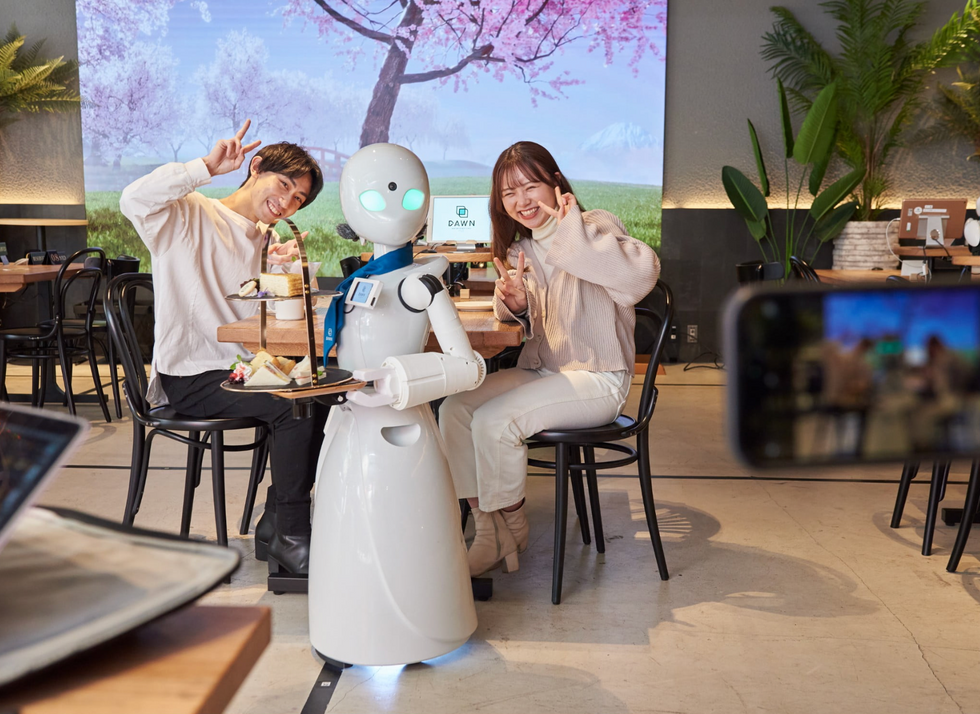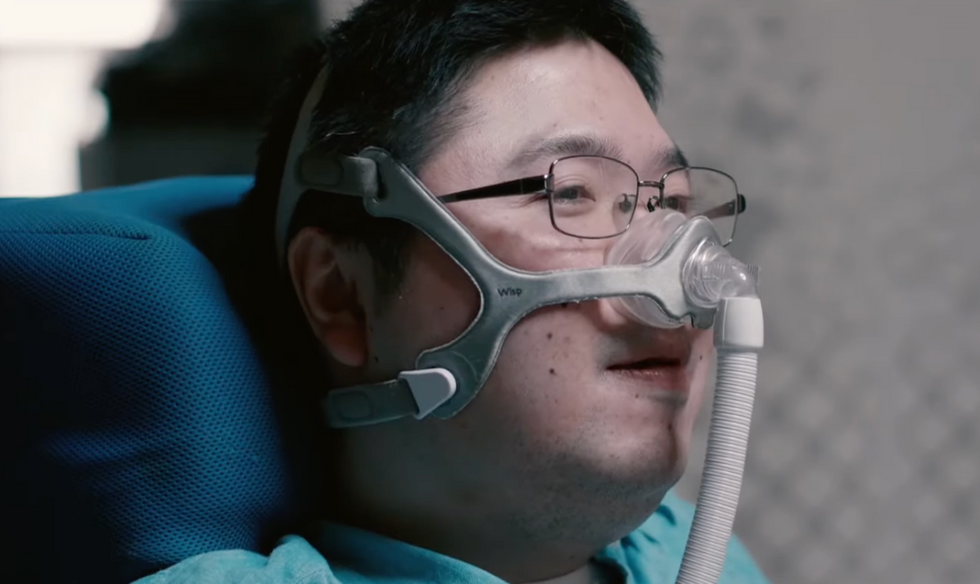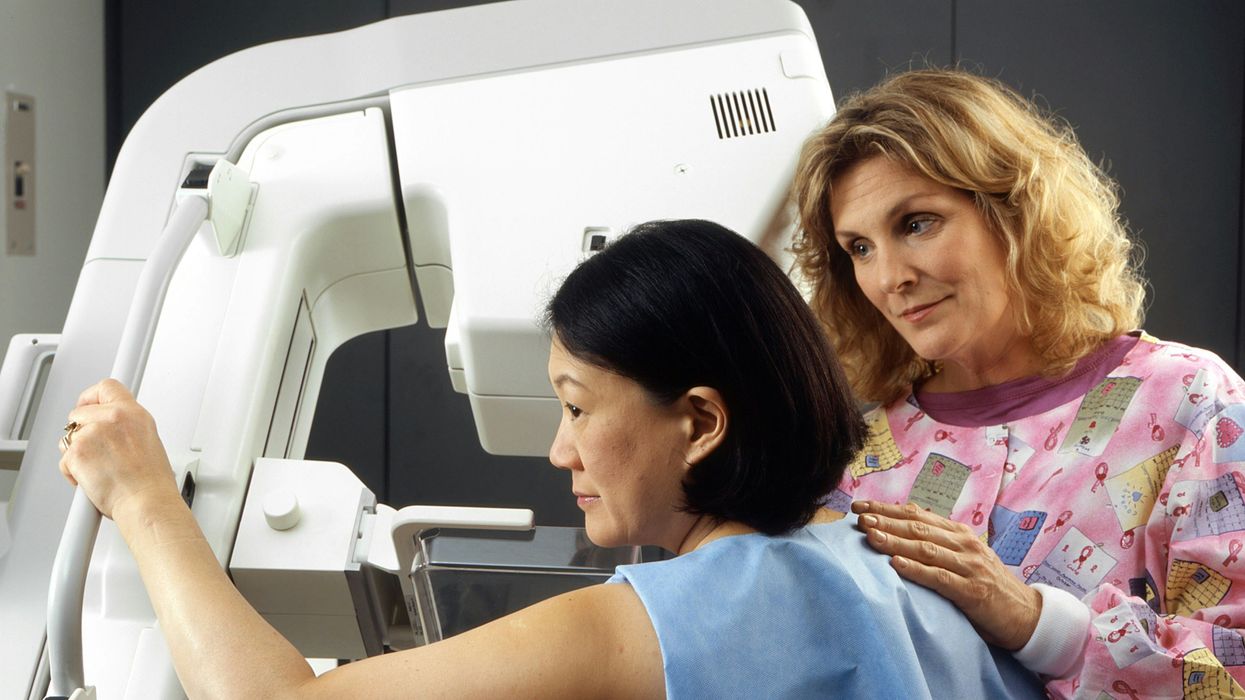Worried About Eating GMOs? That’s Not the Real Problem

Farmers harvest rice in a field.
The 21st century food system is awash in ethical issues. To name just a handful: There's the environmental impacts of farming, the human health effects of diets based on animal products and processed foods, the growing clamor around food waste, and the longstanding concerns about agricultural labor. The last decade has seen the emergence of "ethical consumption," as people have been encouraged to avoid products that are associated with animal cruelty or unfair to farmers.
Misguided concerns about GMOs are missing the point altogether and distracting from a far more substantive ethical problem.
But consumers have never been so ignorant about where food comes from, and they are vulnerable to oversimplifications and faulty messaging. Many would include the first generation of crops from agricultural applications of recombinant DNA methods for genetic improvement—so called GMOs—among the foods they should avoid for ethical reasons. Unfortunately, these misguided concerns are missing the point altogether and distracting from a far more substantive ethical problem.
As we stand on the precipice of a new era in food and biotechnology – crops and animals with genomes altered through gene editing – it is more important than ever to let go of unnecessary fears and to pay attention to the real hazards of agricultural innovation.
But first, as a bioethicist with almost 40 years of experience working on issues in the food system, let me stress the overall context and rationale for trying to make changes in plant and animal genetics. Doing so, whether through conventional breeding or biotechnology, allows producers to meet the challenges of seasonal climate differences and increase yields.
And just because a food was created through ordinary plant breeding vs. genetic modification does not automatically make it safe. Things can and do go wrong in ordinary plant breeding, such as with potatoes and tomatoes. These both produce toxins in the green parts of the plant, and breeders exercise caution to ensure that toxins aren't transferred to edible parts.
Despite real risks, there is no regulatory oversight that protects us from these known hazards. We rely on the professional ethics of agricultural scientists. And GMOs are, in comparison, much more carefully tested and regulated. The claim that they are "unregulated" is just false.
We should not ignore the role that all gene technologies have played in displacing small farmers, depleting rural communities, and shifting economic control.
I do want to shift the public's attention away from the anti-GMO debate to more substantive questions about contemporary agriculture that really have little to do with where the genes in their food came from, or how they got there.
No matter how important genetic improvements might be in terms of total global food production, we should not ignore the role that all gene technologies—including breeding—have played in displacing small farmers, depleting rural communities and shifting economic control of agriculture into a small circle of powerful actors. Globally, these changes have had disproportionately harmful effects on women and people of color.
Combined with mechanization and chemicals, gene technologies have freed planters from their dependence on impoverished and poorly educated field hands, but they did nothing to help the fieldworkers transition to a new line of work. These are the real problems that deserve the public's and the science community's attention, not the overly narrow worries about eating GMOs.
But these problems are viewed as "not ours" by agricultural insiders, and they continue to be ignored by scientists whose focus is solely on biology. Many of the concerns that are today viewed as "urban problems" or "social issues" have origins in agriculture. For example, in California tomatoes, the development of mechanical harvesting led to a rapid concentration of ownership and the displacement of thousands of field hands. In the South, similar technologies displaced black farmers working land owned by whites, causing migration to urban centers and unskilled jobs. I must fault the science community for a lack of willingness to even take the thrust of these more socially oriented critiques seriously.
The new suite of tools for genetic modification that go under the name "gene editing" promise greater precision. They should allow scientists to target the locus for new genes in a plant or animal genome, and minimize the chance for causing unwanted impacts on gene functioning. This added precision is reducing some of the uncertainties in the mind of technology developers, and they have been expressing hope that their own confidence will be shared by regulators and by the public at large. In fact, the U.S. government recently issued a statement that gene-edited crops do not require additional regulation because they're just as safe as crops produced through conventional breeding.
It is indeed possible that the public doubts about genetically modified food will be assuaged by this argument. We can only wait and see. Whether or not gene editing will lead to more reflection about agriculture's complicity in problems of economic inequality or structural racism depends much more on the culture of the science community than it does on the technology itself.
A robot server, controlled remotely by a disabled worker, delivers drinks to patrons at the DAWN cafe in Tokyo.
A sleek, four-foot tall white robot glides across a cafe storefront in Tokyo’s Nihonbashi district, holding a two-tiered serving tray full of tea sandwiches and pastries. The cafe’s patrons smile and say thanks as they take the tray—but it’s not the robot they’re thanking. Instead, the patrons are talking to the person controlling the robot—a restaurant employee who operates the avatar from the comfort of their home.

It’s a typical scene at DAWN, short for Diverse Avatar Working Network—a cafe that launched in Tokyo six years ago as an experimental pop-up and quickly became an overnight success. Today, the cafe is a permanent fixture in Nihonbashi, staffing roughly 60 remote workers who control the robots remotely and communicate to customers via a built-in microphone.
More than just a creative idea, however, DAWN is being hailed as a life-changing opportunity. The workers who control the robots remotely (known as “pilots”) all have disabilities that limit their ability to move around freely and travel outside their homes. Worldwide, an estimated 16 percent of the global population lives with a significant disability—and according to the World Health Organization, these disabilities give rise to other problems, such as exclusion from education, unemployment, and poverty.
These are all problems that Kentaro Yoshifuji, founder and CEO of Ory Laboratory, which supplies the robot servers at DAWN, is looking to correct. Yoshifuji, who was bedridden for several years in high school due to an undisclosed health problem, launched the company to help enable people who are house-bound or bedridden to more fully participate in society, as well as end the loneliness, isolation, and feelings of worthlessness that can sometimes go hand-in-hand with being disabled.
“It’s heartbreaking to think that [people with disabilities] feel they are a burden to society, or that they fear their families suffer by caring for them,” said Yoshifuji in an interview in 2020. “We are dedicating ourselves to providing workable, technology-based solutions. That is our purpose.”

Shota, Kuwahara, a DAWN employee with muscular dystrophy, agrees. "There are many difficulties in my daily life, but I believe my life has a purpose and is not being wasted," he says. "Being useful, able to help other people, even feeling needed by others, is so motivational."
A woman receives a mammogram, which can detect the presence of tumors in a patient's breast.
When a patient is diagnosed with early-stage breast cancer, having surgery to remove the tumor is considered the standard of care. But what happens when a patient can’t have surgery?
Whether it’s due to high blood pressure, advanced age, heart issues, or other reasons, some breast cancer patients don’t qualify for a lumpectomy—one of the most common treatment options for early-stage breast cancer. A lumpectomy surgically removes the tumor while keeping the patient’s breast intact, while a mastectomy removes the entire breast and nearby lymph nodes.
Fortunately, a new technique called cryoablation is now available for breast cancer patients who either aren’t candidates for surgery or don’t feel comfortable undergoing a surgical procedure. With cryoablation, doctors use an ultrasound or CT scan to locate any tumors inside the patient’s breast. They then insert small, needle-like probes into the patient's breast which create an “ice ball” that surrounds the tumor and kills the cancer cells.
Cryoablation has been used for decades to treat cancers of the kidneys and liver—but only in the past few years have doctors been able to use the procedure to treat breast cancer patients. And while clinical trials have shown that cryoablation works for tumors smaller than 1.5 centimeters, a recent clinical trial at Memorial Sloan Kettering Cancer Center in New York has shown that it can work for larger tumors, too.
In this study, doctors performed cryoablation on patients whose tumors were, on average, 2.5 centimeters. The cryoablation procedure lasted for about 30 minutes, and patients were able to go home on the same day following treatment. Doctors then followed up with the patients after 16 months. In the follow-up, doctors found the recurrence rate for tumors after using cryoablation was only 10 percent.
For patients who don’t qualify for surgery, radiation and hormonal therapy is typically used to treat tumors. However, said Yolanda Brice, M.D., an interventional radiologist at Memorial Sloan Kettering Cancer Center, “when treated with only radiation and hormonal therapy, the tumors will eventually return.” Cryotherapy, Brice said, could be a more effective way to treat cancer for patients who can’t have surgery.
“The fact that we only saw a 10 percent recurrence rate in our study is incredibly promising,” she said.

